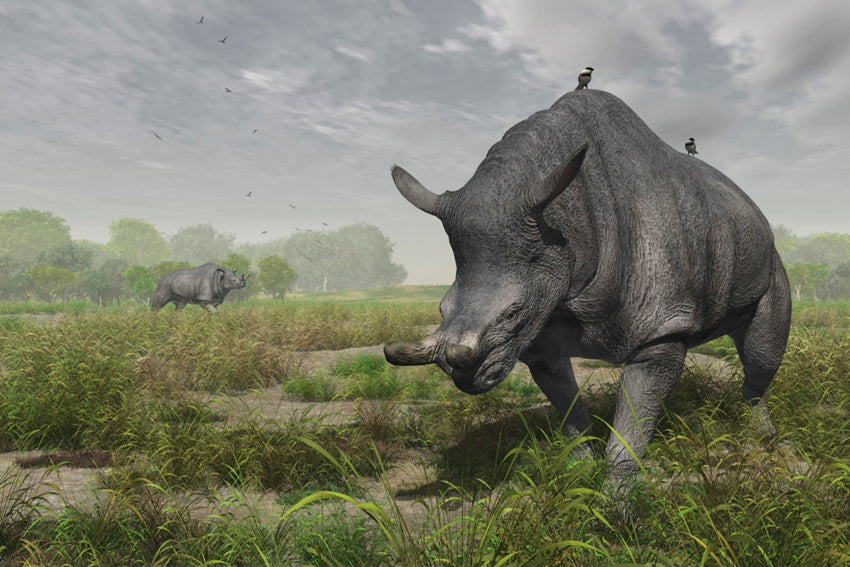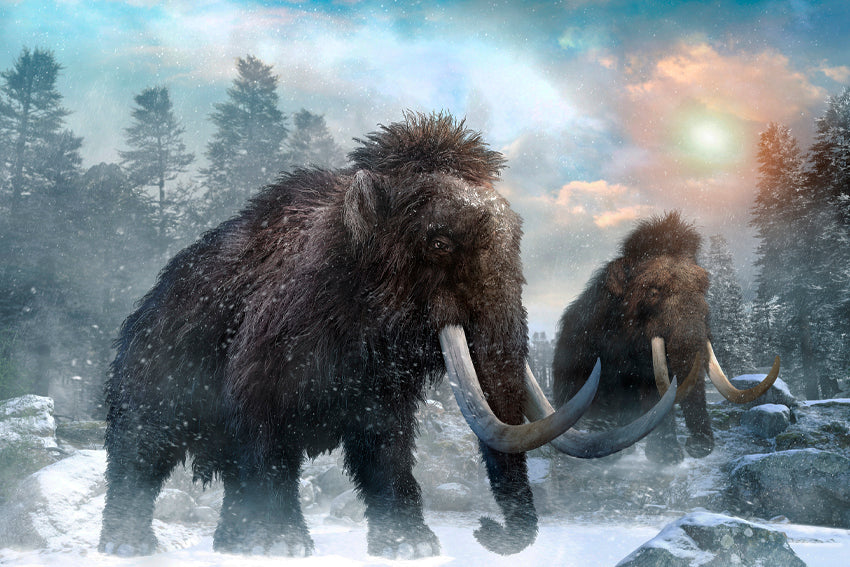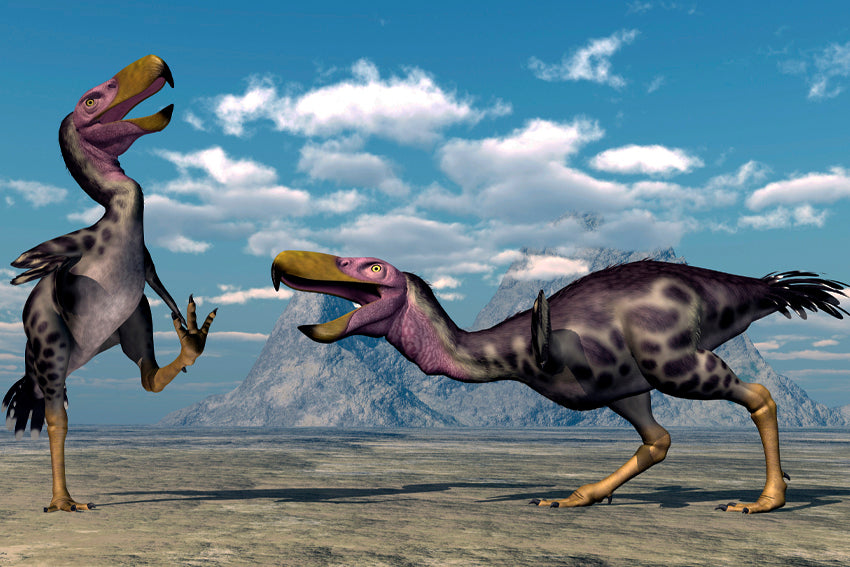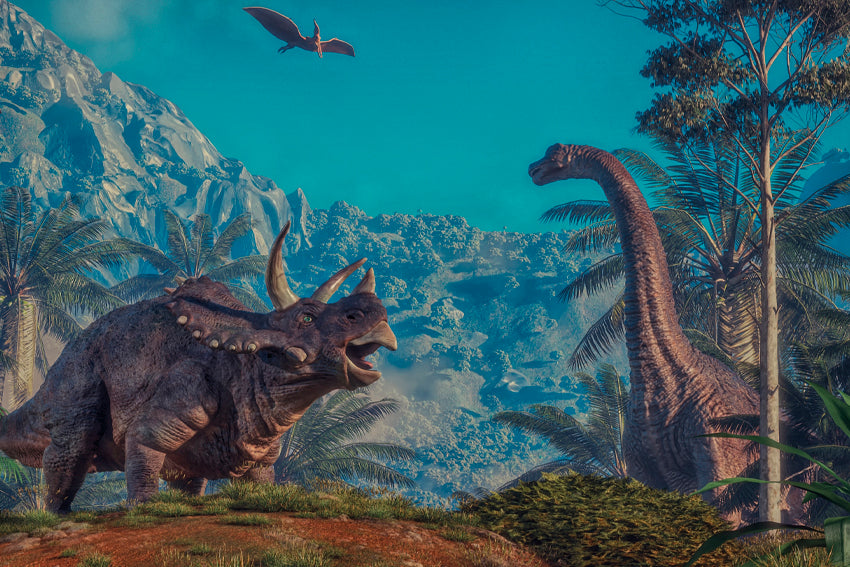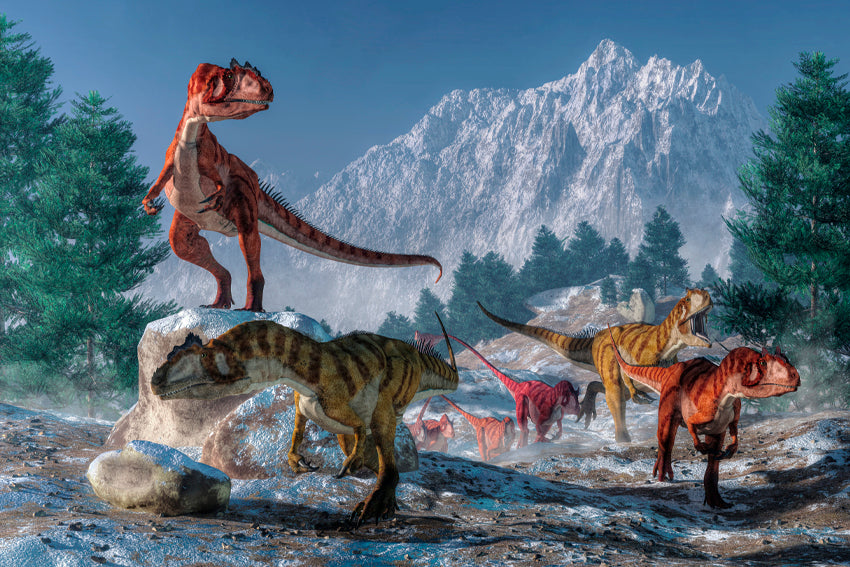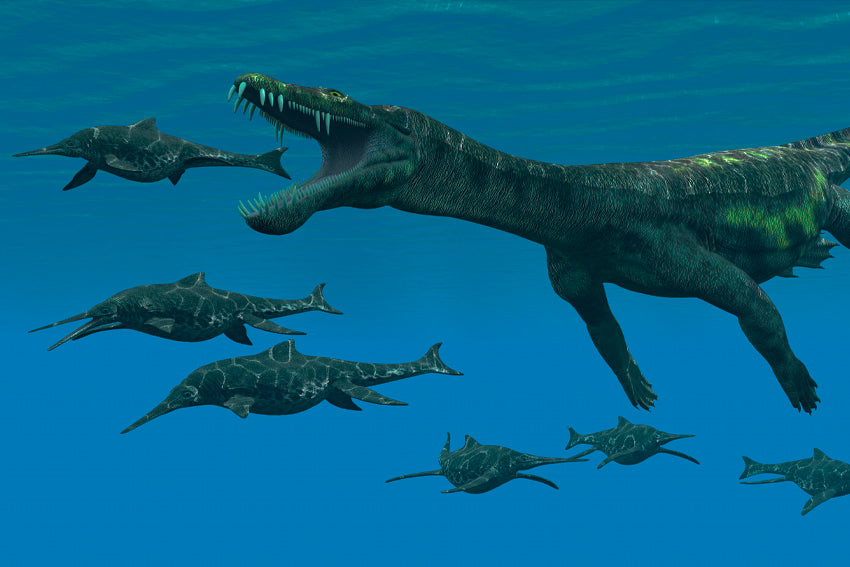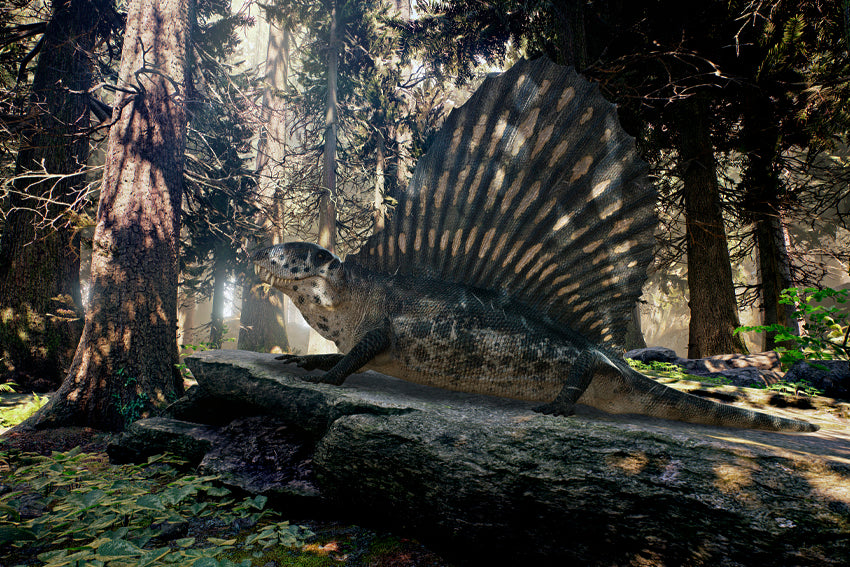Geological Periods
The Paleogene is a division of the geologic time scale that spans from about 66 million years ago to about 23 million years ago.
The Quaternary period is the last geological era that began approximately 2.6 million years ago and continues to the present day and is divided into two geological epochs, the Pleistocene and the Holocene.
The Neogene period is a division of the geologic time scale that extends from approximately 23 million years ago to 2.6 million years ago.
The Cretaceous period is the last of the three parts into which the Mesozoic era is divided. It covers from the end of the Jurassic period (145.5 ± 4.0 million years ago) to the beginning of the Paleocene (65.5 ± 0.3 million years ago).
The Jurassic period is one of the three parts into which the Mesozoic era is divided. It spans from the end of the Triassic period (199.6 ± 0.6 million years ago) to the beginning of the Cretaceous period (145.5 ± 4.0 million years ago).
The Triassic is the first of the three parts into which the Mesozoic era is divided. It covers from the end of the Permian (251 ± 0.4 million years ago) to the beginning of the Jurassic (199.6 ± 0.6 million years ago).
The Permian is the last period of the Paleozoic era. It covers from the end of the Carboniferous (299.0 ± 0.8 million years ago) to the beginning of the Triassic (251.0 ± 0.4 million years ago).
The Carboniferous is the period of the Paleozoic era that covers from the end of the Devonian (359.2 ± 2.5 million years ago) to the beginning of the Permian (299.0 ± 0.8 million years ago).
The Devonian is the name given to the geological period that extended from the end of the Silurian (416 million years ago) to the beginning of the Carboniferous (358.9 million years ago).

